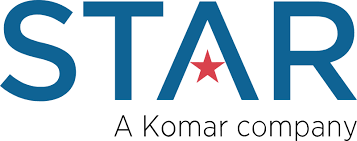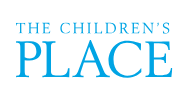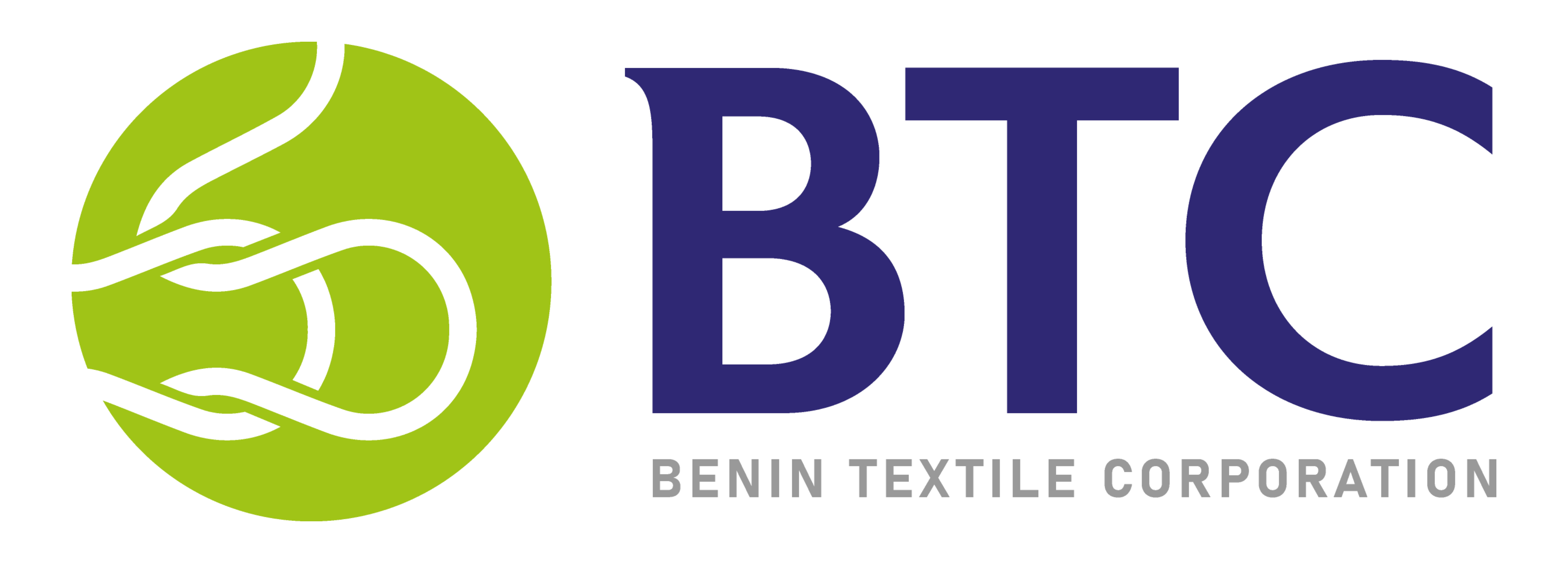$30 Mn
Market Size
7-9%
CAGR
$60-70 Mn
Forecast

*Note: Name, Email and Phone Number are mandatory.

ZISARH's extensive cotton production, combined with a growing domestic and regional market for textiles, underscores the sector’s potential. The zone’s advantageous location in Central Africa, along with a favorable business environment, makes it an ideal setting for scaling textile operations and tapping into both local and regional markets.
ZISARH's extensive cotton production, combined with a growing domestic and regional market for textiles, underscores the sector’s potential. The zone’s advantageous location in Central Africa, along with a favorable business environment, makes it an ideal setting for scaling textile operations and tapping into both local and regional markets.
$30 Mn
Market Size
7-9%
CAGR
$60-70 Mn
Forecast
The textiles sector in ZISARH is poised for remarkable growth, with a projected CAGR of 7-9% and a market forecast of USD 60-70 million by 2030. It further enhances this potential with its access to essential raw materials, including locally produced cotton, and its advanced manufacturing infrastructure. Investors can leverage these advantages to develop textile manufacturing capabilities that cater to both domestic and regional markets.
The sector’s growth is fueled by rising domestic demand for textile products, driven by increasing urbanization and a growing middle class. Additionally, the zone’s strategic location provides easy access to regional markets within the Economic Community of Central African States (ECCAS) and the West African Economic and Monetary Union (WAEMU), offering substantial export opportunities. By investing in ZISARH, stakeholders can tap into these growth drivers, contribute to the development of Chad’s textiles industry, and benefit from a thriving market poised for significant expansion.


Nov. 19, 2025
Global Textile Sourcing in 2025: Africa’s Strategic Role in Diversified Supply Chains






What is the current status of the textiles sector in Zisarh, Chad?
The textiles sector in Zisarh is in its nascent stages with a few local textile producers and artisans. Most textile products are imported, creating opportunities for growth in local manufacturing and processing.
What are the key opportunities for investment in the textiles sector in Zisarh?
Opportunities include setting up textile manufacturing units, developing local supply chains for raw materials like cotton, and investing in modern textile processing and finishing technologies.
What are the main textile products produced in Zisarh?
Currently, local production focuses on traditional fabrics and handmade textiles. There is a potential market for both traditional and modern textile products.
What is the size of the textiles market in Chad?
The textiles market in Chad is estimated to be around $30 million USD, with a significant portion of products imported from other countries.
What percentage of textiles are imported into Chad?
Approximately 85% of textile products in Chad are imported, highlighting a significant opportunity for local production and processing to meet domestic demand.
What are the main raw materials used in the textiles sector in Zisarh?
The primary raw material for textiles in Zisarh is cotton, which is grown locally. However, there is a need for improved processing facilities to add value to this raw material.
What challenges does the textiles sector face in Zisarh?
Challenges include limited local manufacturing infrastructure, reliance on imported textiles and machinery, inadequate processing facilities, and a need for skilled labor.
What support is available for investors in the textiles sector in Chad?
Investors can benefit from government incentives such as tax breaks and investment subsidies. Additionally, there are opportunities to partner with local artisans and businesses.
How can the textiles sector contribute to the local economy in Zisarh?
The sector can create job opportunities, boost local production, reduce dependency on imports, and stimulate economic growth through increased value addition and exports.
What is the potential for export in Chad’s textiles sector?
The export potential is currently limited due to a focus on domestic supply and underdeveloped production capabilities. However, as the sector grows, there is potential for exports to regional markets.
Compare
Dear investor, please compare similar category items- either Locations or Opportunities.
*Already subscribed.
*Enter your name/email.

Sign up for exclusive investment alerts.
Already subscribed? Skip
Thank You For Subscribing to
Africa For Investors.

You will be redirected to AFI’s Linkedin Profile in 10 seconds.
Stay On AFI Website